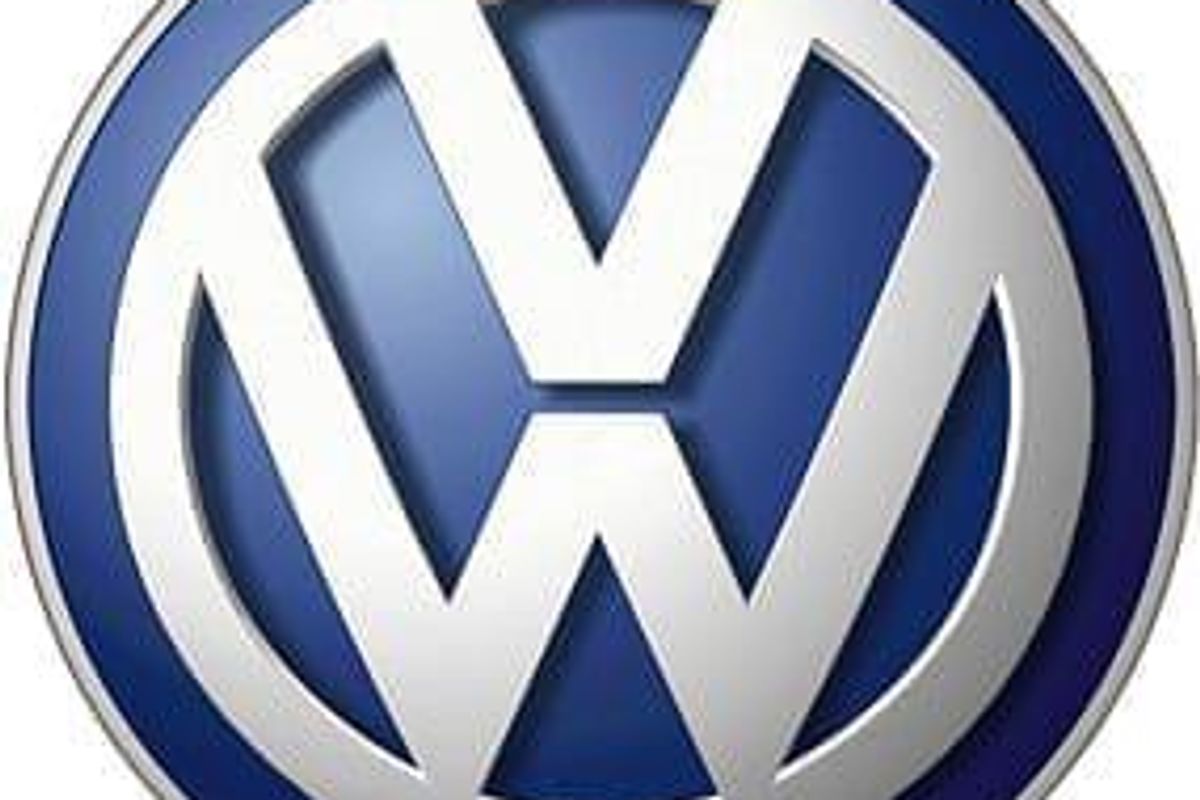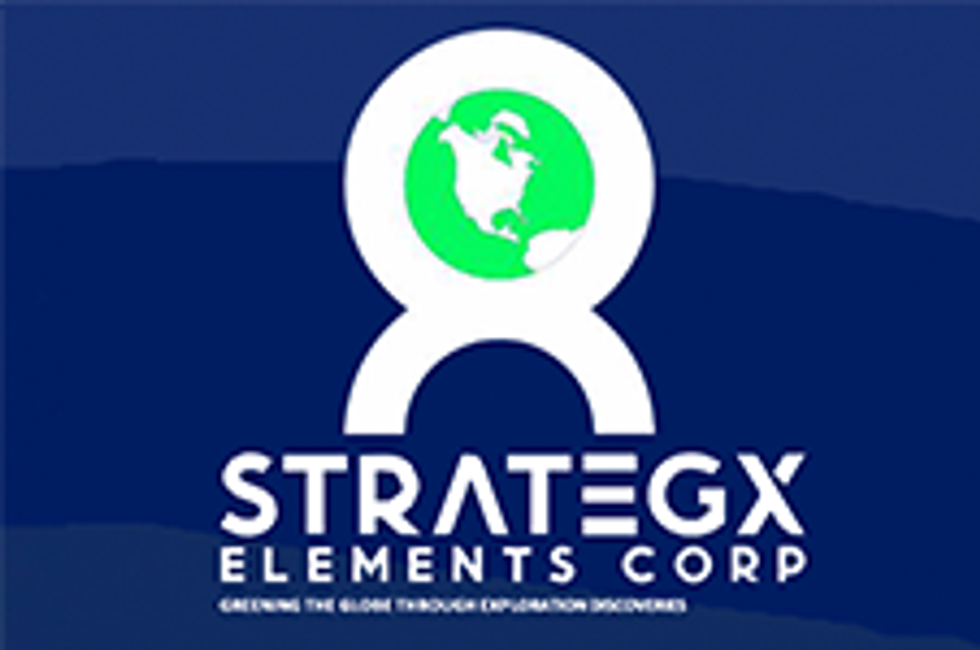
Fortune Minerals CEO Robin Goad explains how that could ultimately benefit the cobalt price.
It’s been over two weeks since Volkswagen’s (ETR:VOW3) emissions violations were made public, but the news continues to affect the resource space.
The platinum price has been hit most grievously. While it was trading at about $970 per ounce before the scandal came to light, it saw an immediate drop on the news, and since then has been unable to recover. It fell below $900 for the first time since January 2009 on September 29, and also dipped below that level on October 2.
However, there’s some hope that the scandal will benefit other metals — namely those used in electric vehicle (EV) batteries. The Investing News Network spoke with Robin Goad, president and CEO of Fortune Minerals (TSX:FT), and Troy Nazarewicz, Fortune’s investor relations manager, to gain insight on why such metals stand to do well.
Diesel vs. electric
To understand why the metals used in EV batteries may benefit from the Volkswagen issue, it’s first important to know what the scandal entailed, and why the platinum price dropped as a result.
Put simply, Volkswagen fitted its diesel cars with “defeat devices” that detected when they were being tested. The cars would put out lower emissions in order to pass tests, but when operating normally, would pollute more than regulations allow. The German automaker has admitted to using the devices on about 11 million vehicles worldwide.
The news has had a drastic impact on the platinum price because platinum is used in autocatalysts for diesel engines, and analysts believe the popularity of those engines will fade in light of the scandal.
Goad is a firm believer in that trend as well, and emphasized that the Volkswagen news will likely accelerate a shift towards hybrid and pure EVs that has been building for quite some time. “This is further validation of the transition that’s taking place in the automotive industry towards electrification, or EVs and hybrid EVs,” he said, while Nazarewicz added, “it’s not a game changer; rather, it’s contributing to what is already underway.”
EVs and cobalt consumption
An accelerated shift toward EVs would mean increased demand for the lithium-ion batteries that power them.
Of course, anyone following the EV space and the Tesla Motors (NASDAQ:TSLA) story knows that lithium-ion batteries contain far more than just lithium. Speaking to that topic, Goad said that they also contain nickel, graphite and cobalt. However, while most of those metals “are generally pretty abundant,” the same can’t be said for cobalt.
“Cobalt … consumption is much more constrained, and that’s why it’s a particularly important metal to focus on with respect to the impact of the proliferation of EVs and the greater use of lithium-ion batteries,” he explained.
In terms of exactly how much cobalt goes in lithium-ion batteries, Goad said that the amount varies by battery technology. For example, while the powerful batteries used in portable electronic devices — commonly lithium-cobalt oxide batteries — contain 60 percent cobalt by weight, Tesla Motors’ automobiles use a nickel-cobalt-aluminum oxide chemistry “that contains about 9 percent cobalt by weight.” While that might not sound like much, Goad noted, “you’re talking about approximately 5 kilograms of cobalt contained in each of these EV batteries.”
He believes that will add up quickly, and noted that the cobalt market currently stands at 100,000 tonnes annually, and is growing at a 6-percent compounded annual growth rate. Meanwhile, “battery sector cobalt demand — accounting for 46 percent of cobalt consumption — grew by over 9 percent in 2014 and has seen forecast growth rates of up to 20 percent.”
The question of supply
The amount of cobalt that will be required as EVs and hybrid EVs gain popularity becomes even more dramatic when the cobalt supply situation is taken into account.
Goad explained that 61 percent of mined cobalt currently comes from the Democratic Republic of the Congo (DRC), which is known for being a politically risky country. However, that’s not the only issue with the locale. As Goad said, “irrespective of your views on its political stability, it is also a country that is trying to restrict the export of unprocessed concentrates and partially processed hydroxides.”
There’s also the issue of depletion. Despite its issues, the DRC hosts “great deposits that can produce cobalt at very low prices,” said Goad. Unfortunately, “most of the production from the DRC comes from near-surface oxide resources. And those near-surface oxide resources are being depleted.”
And while many sulfide deposits still remain, “they are more expensive to process because they can’t be processed with using atmospheric leaching.” All in all, Goad said, credible analysts are forecasting a cobalt deficit in 2016, and see it becoming greater in the coming years.
Enter NICO
As mentioned, Goad doesn’t believe the Volkswagen scandal will have an immediate impact on the cobalt market. Rather, he sees it accelerating the shift towards higher EV usage that’s already in progress.
And while that shift will take a long time to be fully realized, Goad is nevertheless bullish on the cobalt space — and in particular on his company’s NICO gold-cobalt-bismuth-copper project in Canada’s Northwest Territories and Saskatchewan.
According to Goad, NICO “has its environmental assessment approvals in both the Northwest Territories and Saskatchewan, because it’s comprised of a proposed mine and concentrator in the Northwest Territories and a refinery in Saskatchewan.” That, he said, will ultimately make Fortune a fully vertically integrated company.
Furthermore, the refinery “is also an interesting opportunity to expand production by getting into the recycling business.”
At the moment, Fortune is “in the midst … of pursuing financing opportunities for the project.” As those watching the stock may remember, this past summer Fortune lost its Colorado-based Revenue silver mine in a restructuring deal. The company had hoped cash gained from Revenue would help finance NICO, and is now looking to alternative funding options. Goad said that its plans include looking at strategic investors, offtake agreements and debt.
Investor takeaway
Based on Goad’s comments, it’s clear that a supply crunch is likely set to hit the cobalt market — and perhaps now that the Volkswagen scandal has hit, it may be coming sooner rather than later.
For investors interested in cashing in, now may be the time to start looking at cobalt companies with projects in the wings, particularly those not located in the DRC. Fortune Minerals is certainly one option, and other well-known names include Global Cobalt (TSXV:GCO) and Formation Metals (TSX:FCO,OTCQX:FMETF). It will certainly be interesting to watch how they progress moving forward.
Securities Disclosure: I, Charlotte McLeod, hold no direct investment interest in any company mentioned in this article.
Editorial Disclosure: Interviews conducted by the Investing News Network are edited for clarity. The Investing News Network does not guarantee the accuracy or thoroughness of the information reported. The opinions expressed in these interviews do not reflect the opinions of the Investing News Network and do not constitute investment advice. All readers are encouraged to perform their own due diligence.



